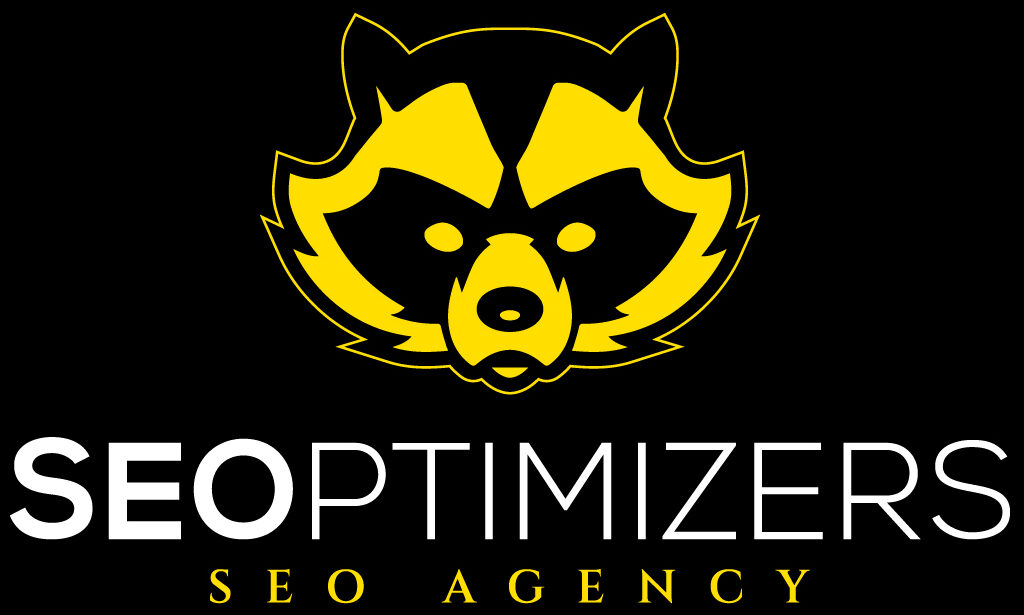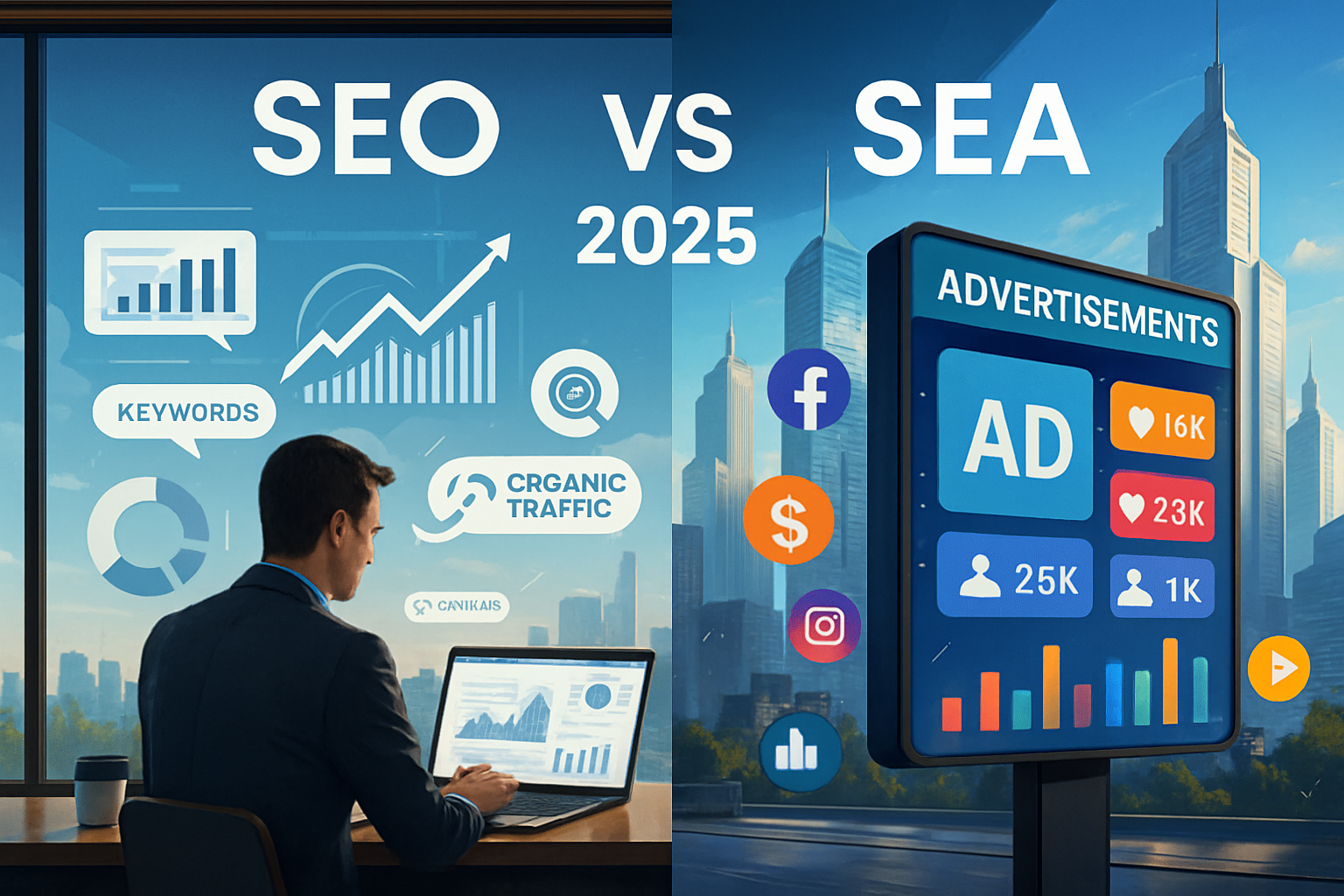Choice matters: as search behavior and ad ecosystems evolve, deciding between SEO and SEA shapes growth, cashflow and brand equity. This piece follows a fictitious founder, Maya Laurent, who runs a niche B2B Saaas in Geneva. She needs fast customers for a launch and enduring organic authority for long-term margins. Through her story, you’ll see practical trade-offs, tool recommendations and measurable steps that business owners can apply today.
Maya’s problem is familiar: her product needs early traction to hit revenue targets, but investors also expect durable acquisition channels. Which lever should she prioritise in 2025 — a heavy Google Ads push, a patient SEO build, or a hybrid that converts learnings into long-term wins? Read on for operational guidance, metrics and action lists that senior marketers and entrepreneurs can execute.
- Overview: core differences between SEO and SEA and how to evaluate fit
- SEO deep dive: tactics, timelines, tools and how to build durable organic authority
- SEA deep dive: platforms, targeting, cost control and creative testing
- ROI comparison, CPAs and case studies with numbers you can use to budget
- Integrated strategy: combining SEO + SEA, budget rules, measurement and practical playbooks
SEO vs SEA: core differences and how to evaluate the right strategy for your business
Businesses deciding between SEO and SEA need clarity on what each channel actually does for the funnel. SEO builds organic visibility through relevance and authority; SEA buys visibility through auctions and bids. The practical implications touch cashflow, team skills, speed and long-term defensibility.
Take Maya: she has limited brand recognition and a product-market fit hypothesis to test. Her timeline for ARR influences channel choice — if she must show revenue in 90 days, SEA looks attractive. If she has 6–12 months to scale brand value, SEO becomes a superior investment.
Key operational contrasts that determine fit
- Time to Impact: SEA delivers traffic almost immediately after campaign launch; SEO takes months to compound.
- Cost Profile: SEA requires continuous spend (pay-per-click). SEO requires upfront investment in content, technical fixes and link building but offers lower ongoing marginal cost.
- Control vs. Credibility: SEA gives granular control over placement and audience; SEO builds trust and often higher organic CTR.
- Data Availability: Ads platforms provide detailed real-time metrics (Google Ads, Bing Ads). Organic performance requires steady analytics work and correlation between content and queries.
Below is a compact table summarising these operational differences so leaders can align choices with KPIs.
| Aspect | SEO (organic) | SEA (paid) |
|---|---|---|
| Speed | 6–12 months to meaningful scale | Minutes to hours after approval |
| Cost model | Upfront investment, lower marginal cost | Pay-per-click, ongoing budget |
| Best for | Brand authority, long-term LTV | Launches, promos, testing |
| Top tools | Moz, Ahrefs, Semrush, Yoast | Google Ads, Bing Ads, WordStream, SpyFu |
For entrepreneurs, the diagnostic is simple: define whether your earliest KPI is immediate transactions or sustainable margin. If you choose SEA, plan for efficient creative and landing pages to reduce CPA. If you choose SEO, commit to a content engine and technical clean-up plan. Maya decided on an initial 60/40 split: 60% SEA for quick customer validation and 40% SEO groundwork to avoid leaving long-term value on the table.
Insight: The best choice starts with your timeline and the nature of the product — pick the lever that aligns with your next measurable milestone.
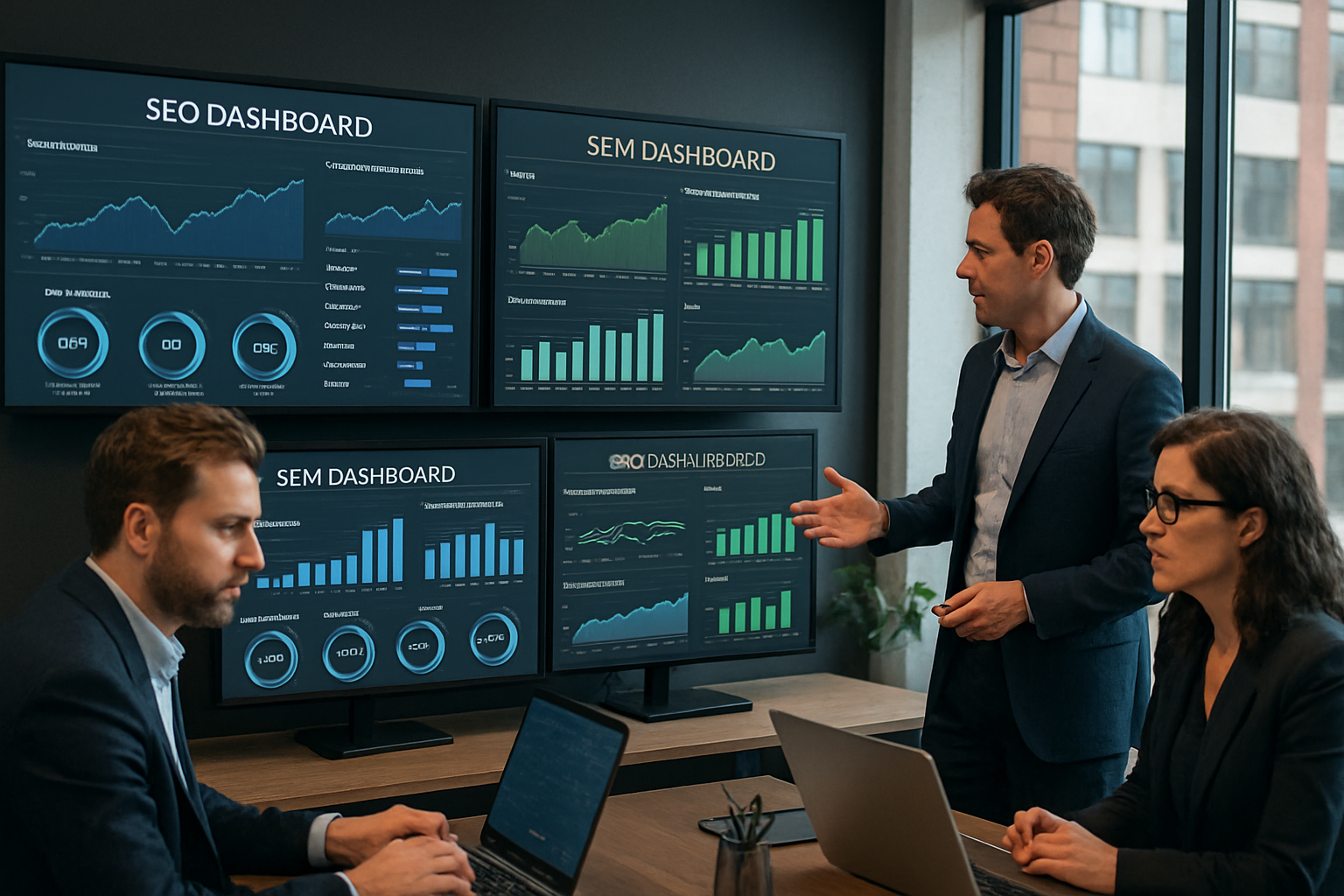
SEO deep dive: building organic authority, tools, content and technical tactics for 2025
SEO in 2025 requires an engineered blend of technical precision, content that demonstrates expertise and a backlink strategy that signals authority. For Maya’s SaaS, organic search is the path to lower long-term customer acquisition costs and higher lifetime value.
Start with a multi-layered approach: technical audit, topical content clusters, and outreach for quality links. Tools like Screaming Frog help with crawling issues, while Ahrefs or Semrush identify keyword opportunities and backlink gaps. On the CMS side, plugins and platforms such as Yoast and HubSpot’s CMS can enforce on-page best practices and schema markup.
Technical SEO: crawlability, performance and structured data
Fixing slow pages, broken indexation and thin content pays compound returns. Use Screaming Frog to discover orphan pages and crawl errors, then prioritise fixes that improve user paths to conversion. Implement schema (product, FAQ, organization) to help Google understand page purpose — this matters as Google’s result types diversify.
- Run a full crawl and prioritise pages with UX friction.
- Improve Core Web Vitals to reduce bounce and increase rankings.
- Use structured data to increase SERP real estate and eligibility for rich results.
| Technical Task | Expected Impact | Tools |
|---|---|---|
| Crawl error fixes | Better indexing and fewer lost pages | Screaming Frog, Google Search Console |
| Core Web Vitals optimisation | Lower bounce, improved rankings | PageSpeed Insights, Lighthouse |
| Schema implementation | Higher CTR via rich snippets | Yoast, manual JSON-LD |
Content strategy: expertise, intent and LLM-optimized content
Content must both answer precise user intent and showcase expertise. Maya’s team used a topical hub approach: pillar pages for core themes and long-tail articles that map to specific funnel stages. Incorporate insights from tools like Moz and Semrush to select keywords with the best mix of intent and opportunity.
- Create pillar pages for primary queries and cluster supporting long-form content.
- Use structured outlines tested against user queries to match intent.
- Leverage LLM-informed workflows for draft generation, but enforce human edits to ensure E-E-A-T compliance.
For authoritative content, cite primary sources, include real case studies and publish contributor bios that show credentials. Follow Google E-E-A-T guidance and keep your documentation tight — seoptimizers’ article on E-E-A-T best practices is a practical reference for teams aligning content to credibility requirements.
| Content Type | Use Case | Performance Expectation |
|---|---|---|
| Pillar pages | Topical authority and internal linking hub | High organic traffic in 6–12 months |
| How-to articles | Mid-funnel intent and problem solving | Steady conversions and backlinks |
| Case studies | Trust and CRO leverage | Higher lead quality and LTV |
Backlinks and PR: quality over quantity
Link acquisition in 2025 still rewards relevance. Maya’s outreach targeted industry publications and partner sites, and used tools like SpyFu and Ahrefs to find competitor link opportunities. Prioritise editorial placements and niche directories over spammy mass outreach.
- Target 10–15 high-relevance links per quarter from authoritative domains.
- Offer unique data or a partner co-created asset to increase pick-up rates.
- Report link velocity and impact on organic sessions monthly.
Insight: SEO is an asset that compounds: the early months are the hardest, but systems—technical hygiene, content clusters and quality links—turn into steady, low-marginal-cost traffic over time.
SEA deep dive: platform selection, targeting, creative testing and budget management
SEA is about converting budget into predictable traffic. In early-stage growth, SEA helped Maya validate pricing and landing page messaging quickly. The right platforms and rigorous testing protocols determine whether your spend produces high-quality customers or evaporates as costly clicks.
Start with campaign structure: segment by intent (branded, competitor, product), then by funnel stage. Use Google Ads for the widest search coverage and Bing Ads to capture marginal volumes at often lower CPCs. Tools like WordStream and SpyFu assist with keyword discovery and competitive intelligence.
Platform mix: deciding between Google Ads, Bing Ads and supplementary networks
- Google Ads: primary inventory for search intent and shopping campaigns; best for scale.
- Bing Ads: lower CPC in many verticals and valuable for B2B where audience skews older.
- Display and retargeting via search platforms and DSPs to recover abandoning users.
| Platform | Strength | When to use |
|---|---|---|
| Google Ads | Scale, intent, shopping | Primary paid search and conversion testing |
| Bing Ads | Lower CPC, different demographic | Supplementary search inventory at lower cost |
| Display/Retargeting | Mid-funnel nurturing | Recover traffic and drive remarketing conversions |
Creative and landing page testing for better CPAs
SEA campaigns succeed when creative and landing pages match intent. Maya ran structured A/B tests: headlines, CTAs, and form length. She used heatmaps integrated with HubSpot for form analytics and conversion flows. That reduced CPA by 22% in three months.
- Test one variable at a time (headline, CTA, hero image).
- Use dedicated landing pages per ad group to keep message match high.
- Track micro-conversions to optimise upstream funnel leakage.
| Test | Metric | Typical improvement |
|---|---|---|
| Headline variant | CTR and bounce | 5–15% CTR lift |
| Form reduction | Conversion rate | 10–30% CR lift |
| Callout extensions | Ad relevance | Lower CPC via improved Quality Score |
Guardrails are essential. Since click fraud remains a material risk—estimates show billions lost to invalid clicks—use IP exclusions, automated detection tools and monitor anomalous spikes. Regular audits via platforms like WordStream and native logs are non-negotiable.
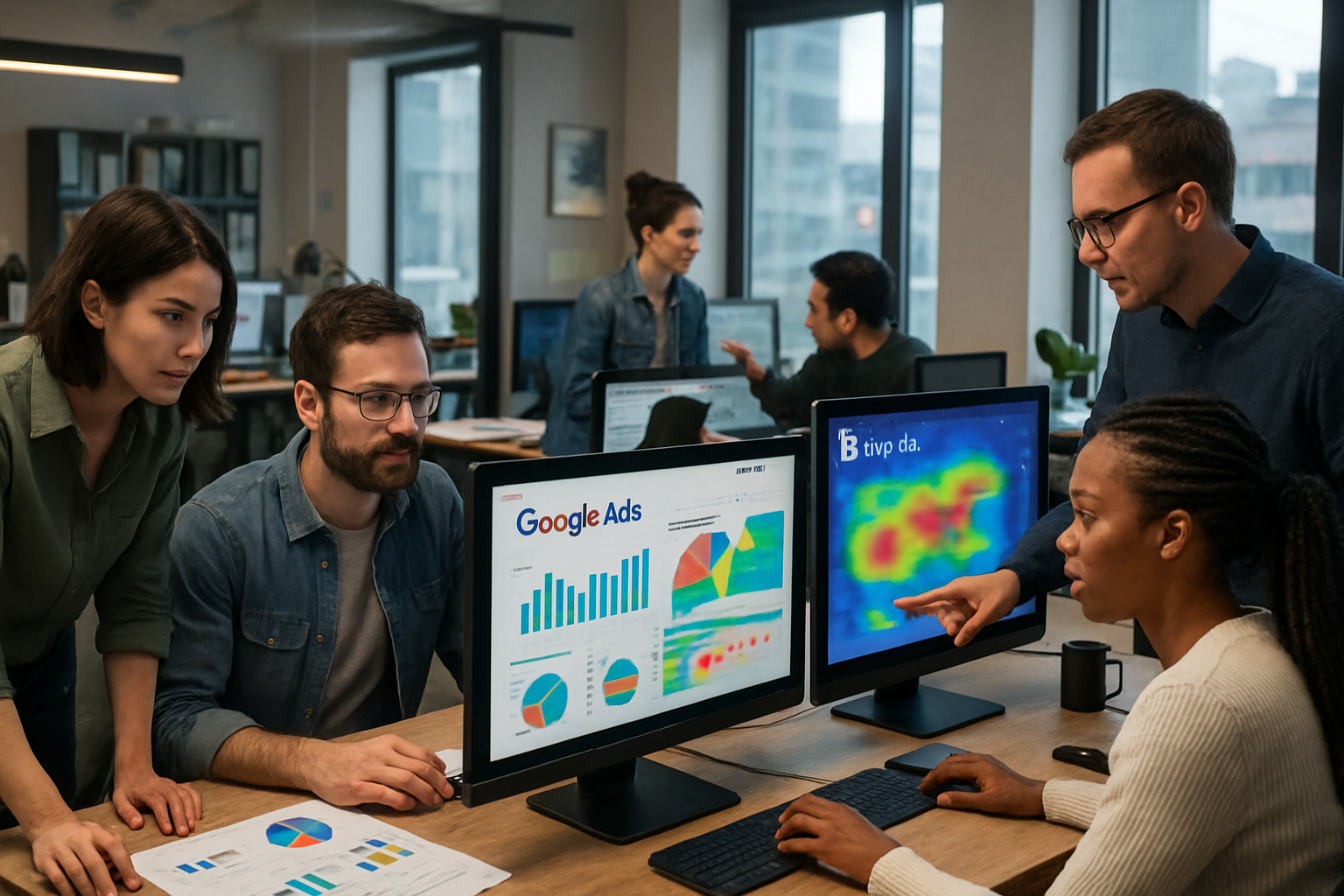
Insight: SEA is the engine for speed: use it to learn fast, validate offers and collect high-quality data that will inform your SEO roadmap, but protect budgets with tight testing and fraud detection.
ROI comparison and real-world case studies: CPAs, CTRs and lifetime value in 2025
Numbers guide decisions. When Maya compared channels, she mapped cost-per-acquisition, conversion rates and lifetime value across test cohorts. The global market context matters: search engine advertising reached €281 billion in 2024, signalling scale but also competition for top keywords.
Expect variable CPAs by industry: average CPAs in 2025 benchmarks show search at approximately $48.96 and display at $75.51. Industry extremes matter — tech and real estate often show CPAs above $100, while auto sits much lower. These differences changed how Maya allocated budgets by vertical interest.
Comparative metrics to model your budgets
- Average search CPA: $48.96
- Display CPA: $75.51
- Search avg conversion rate: 3.75%
- Top organic positions: first 3 results capture over 68.7% of clicks
| Metric | SEO expectation | SEA expectation |
|---|---|---|
| Time to scale | 6–12 months | Immediate |
| CPAs | Lower long-term (after 8 months) | ~$48.96 (search average) |
| Conversion uplift | 156% more organic visitors after 8 months | 3.75% search avg conv. rate |
Case study snapshots
Case 1 — B2B SaaS (Maya’s company): initial SEA push (60% of acquisition spend) achieved product trials and validated price sensitivity within 45 days. That lowered CAC in short term but was costly per trial. SEO investments produced an 89% higher conversion rate from qualified leads after 10 months and reduced ad spend by 34%.
Case 2 — Ecommerce retailer: heavy SEA for seasonal promotions produced instant revenue but no meaningful decrease in CAC outside campaigns. They later invested in SEO (product content, structured data) and saw organic revenue rise steadily, allowing them to temper peak-season ad spends and improve profits.
| Scenario | Short-term result | 6–12 months result |
|---|---|---|
| SEA-only launch | Immediate traffic, high CAC | No residual traffic when paused |
| SEA + SEO hybrid | Fast validation, data for SEO | Lower CAC, improved LTV over time |
| SEO-first | Slow start | Lower ongoing costs, stronger trust |
Comparateur SEO vs SEA — Choisissez la bonne stratégie pour 2025
Explorez métriques, budgets recommandés (exemples) et obtenez une recommandation dynamique selon votre profil.
| Métrique | SEO | SEA | Visuel |
|---|
Insight: Use SEA to acquire initial test cohorts and validate hypotheses, but model long-term CAC including SEO returns — most businesses see lower acquisition costs and higher LTV when they let SEO mature alongside ads.
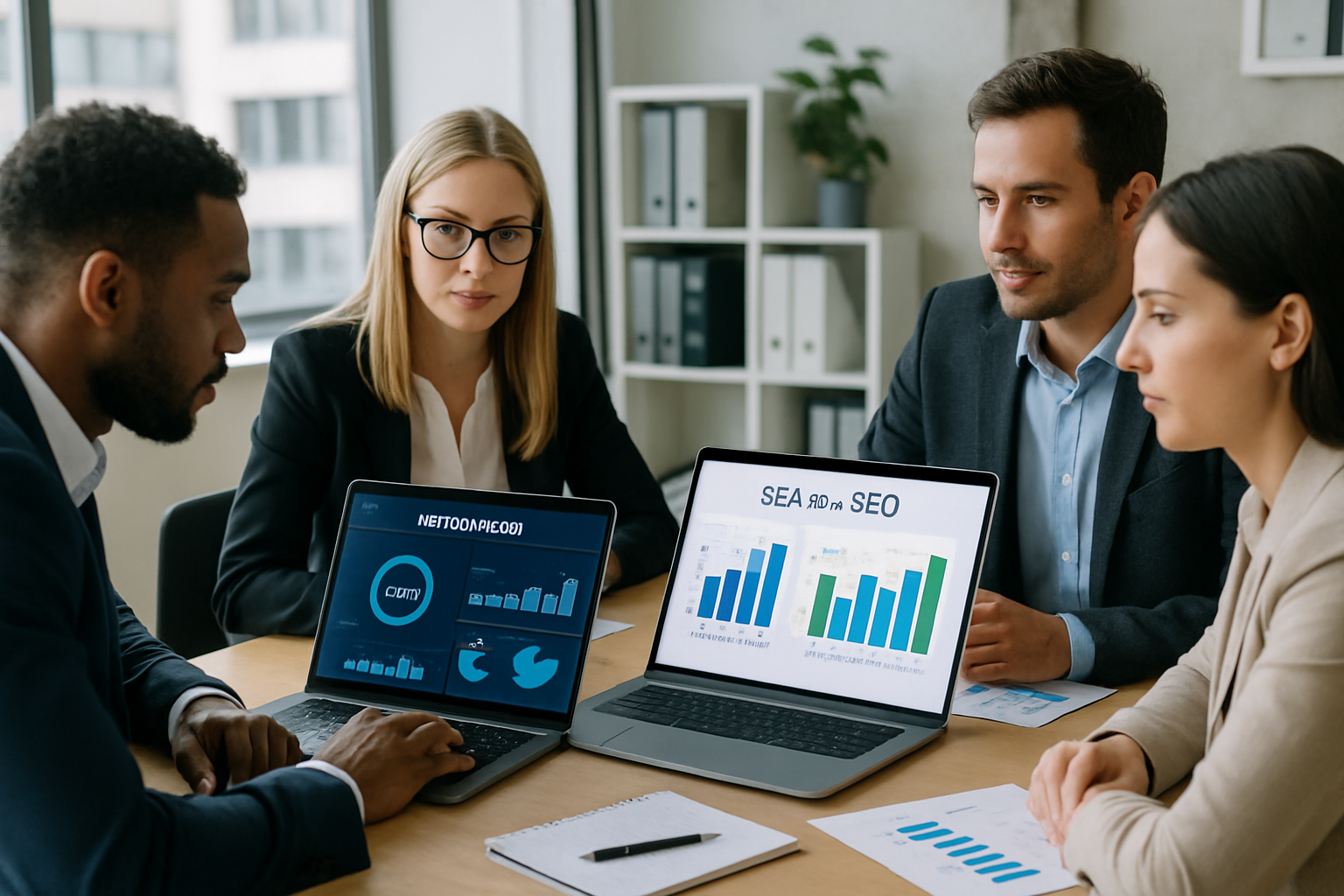
Integrated strategy: combining SEO and SEA for full-funnel growth, budget rules and operational playbook
Integration is the pragmatic solution. Maya’s final operating rhythm combined upfront ad spend with a parallel SEO program. Her rule set: test with SEA, once a keyword performs well for conversion, invest in SEO content and internal links to capture organic traffic later.
Operationally, this means shared KPIs, data pipelines and a single measurement layer. Use Google Analytics, Google Ads conversions and CRM events in HubSpot to tie acquisition to revenue. Platforms like HubSpot make it smoother to push paid leads through nurture sequences that increase LTV.
Practical budget allocation models
- Early-stage product: 70% SEA, 30% SEO for rapid learning (short runway under 3 months).
- Growth stage: 50/50 split; funnel testing via ads while scaling content production.
- Scaling / mature: 30% SEA, 70% SEO to prioritise asset-building and lower CAC.
| Company stage | Recommended split (SEO/SEA) | Main objective |
|---|---|---|
| Early-stage | 30/70 | Rapid user acquisition and hypothesis validation |
| Growth | 50/50 | Scale while building organic funnel |
| Mature | 70/30 | Lower CAC and sustain long-term growth |
How to operationalise the synergy
1) Use Google Ads data to find high-converting keywords, then prioritise those for SEO content. This reduces the guesswork in keyword selection and improves content ROI.
2) Share creative insights: ad copy that converts makes better meta descriptions and H1s for organic pages. Use A/B-tested ad phrasing as source material for organic experiments.
3) Combine reports: merge paid and organic reports in a BI tool or HubSpot to observe overlap, cannibalisation and synergies.
- Collect search query reports from Google Ads and convert high-performing queries into editorial briefs.
- Assign landing page ownership to SEO teams so that pages proven in ads become permanent conversion assets.
- Monitor cross-channel attribution and adjust budget shifts as organic traffic rises.
For teams that need resources, seoptimizers offers pragmatic guides and services that many SMEs in Switzerland and Europe use — see their SEO quote page, the LLM SEO strategy article LLM SEO strategies, and their industry-specific case studies industry SEO guide.
Tools mentioned through this article — Moz, Ahrefs, Semrush, Screaming Frog, Yoast, SpyFu, WordStream, Google Ads, Bing Ads, and CRM platforms like HubSpot — each play a role. Choose a stack that supports your operational cadence rather than adopting every shiny tool at once.
| Action | Owner | Metric |
|---|---|---|
| Keyword experiments via SEA | Paid team | Conversion rate, CPA |
| Content creation for winners | SEO/content team | Organic traffic, ranking |
| Attribution & reporting | Analytics/BI | ROAS, CAC, LTV |
If you want concrete playbooks, check seoptimizers’ practical resources, such as their multi-location SEO guide multi-location SEO, AI tools roundup best AI tools and the SGE impact analysis SGE Google impact. For a direct contact to get a tailored plan, use their contact page contact our agency or the homepage Seoptimizers home.
Final operational insight: Treat SEO as a capital investment and SEA as an operational lever. Use ads to validate and accelerate, and allocate at least part of your budget to content and technical foundations that compound into lower CAC and stronger brand authority over time.
